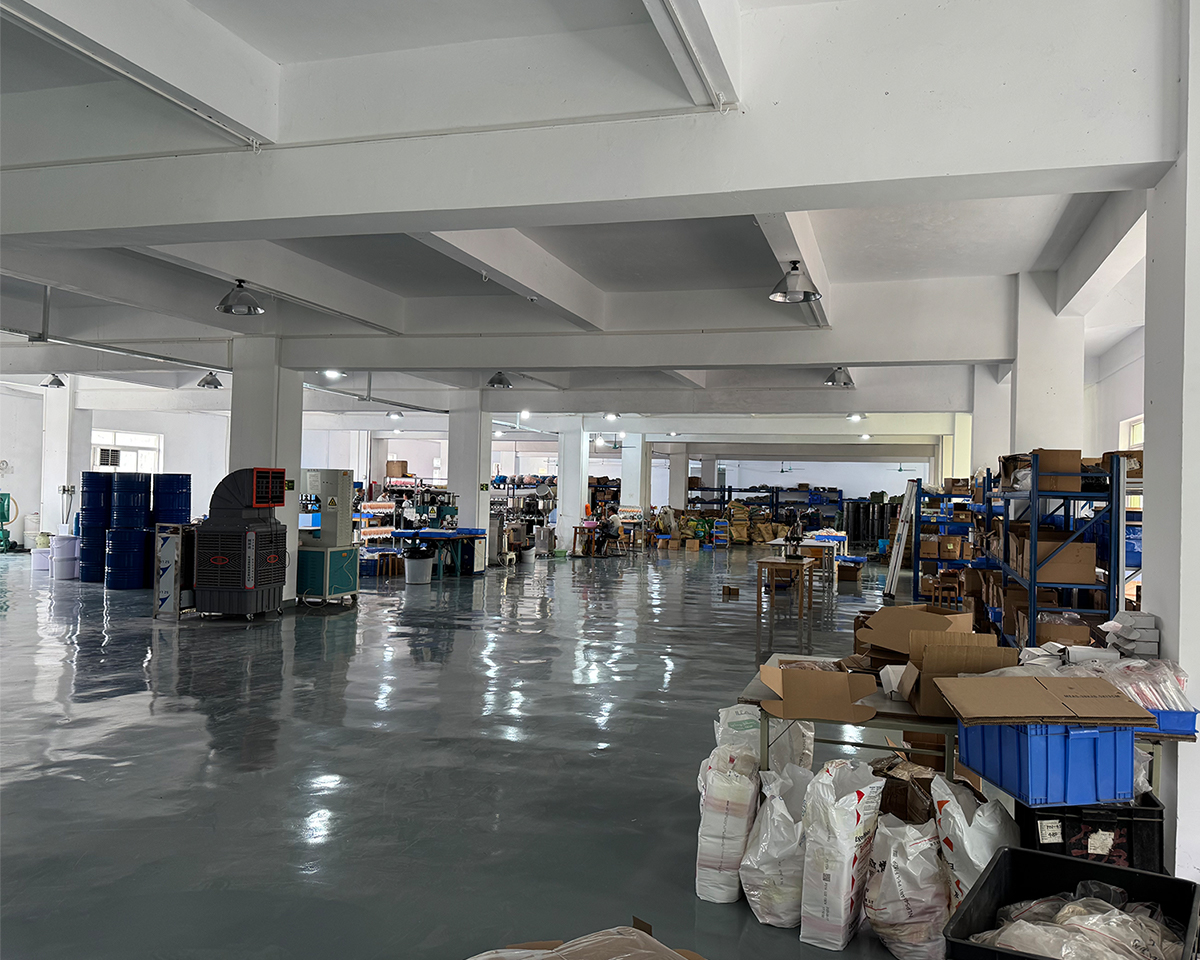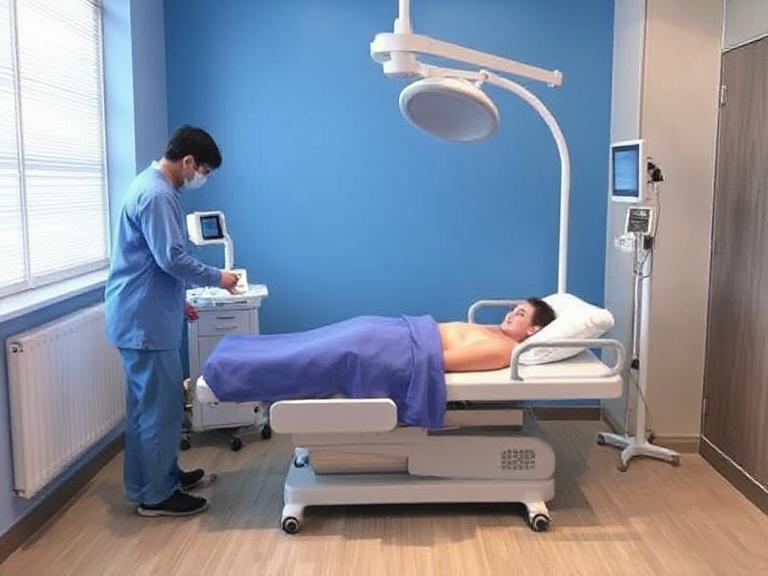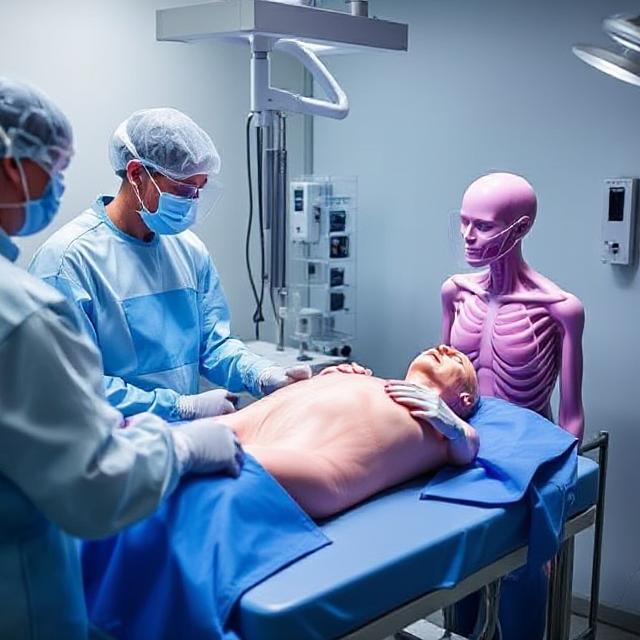Table of Contents
- Introduction
- What is CPR?
- What is First Aid?
- Key Differences Between CPR and First Aid Training
- How CPR and First Aid Work Together
- Why CPR and First Aid Training Are Essential
- Company Spotlight: Medtacedu
- Summary Table
- FAQs
- References
Introduction
Many people wonder whether CPR and first aid training are the same thing. While both aim to save lives in emergencies, they serve distinct yet complementary purposes. CPR (Cardiopulmonary Resuscitation) focuses on maintaining blood flow and oxygenation during cardiac arrest, while first aid covers a wider range of medical situations like bleeding, burns, fractures, and shock management.

Understanding the distinction between the two is crucial for anyone involved in health care, emergency response, or safety management. Both types of training equip individuals with vital skills to act confidently and effectively during critical moments.
What is CPR?
CPR (Cardiopulmonary Resuscitation) is a lifesaving technique used when someone’s breathing or heartbeat has stopped. This can happen due to sudden cardiac arrest, drowning, or choking. The goal of CPR is to maintain blood flow and oxygen to the brain and vital organs until professional medical help arrives.
Core Components of CPR
- Chest Compressions: To manually pump the heart and circulate oxygenated blood.
- Rescue Breaths: To provide oxygen to the lungs.
- Use of AED (Automated External Defibrillator): To restore a normal heart rhythm.
Professional CPR and first aid training courses often include the use of realistic manikins or simulators to allow participants to practice compressions and rescue techniques effectively.
What is First Aid?
First aid is the immediate assistance given to a person suffering from illness or injury before full medical treatment is available. It includes a wide range of emergency care techniques such as treating cuts, burns, fractures, allergic reactions, and shock.
Common Elements in First Aid Training
- Wound cleaning and dressing
- Burn management
- Immobilizing fractures and sprains
- Managing allergic reactions or anaphylaxis
- Handling fainting or seizures
Unlike CPR, which focuses on heart and lung function, first aid is about stabilizing a patient and preventing their condition from worsening until professionals take over.
Key Differences Between CPR and First Aid Training
| Aspect | CPR Training | First Aid Training |
|---|---|---|
| Primary Focus | Restoring breathing and heart function | Treating injuries and preventing deterioration |
| Tools Used | CPR manikins, AED simulators | Bandages, splints, first aid kits |
| Duration | Typically 2–4 hours | May range from 4–8 hours |
| Certification | CPR certification | First aid certification |
| Example Scenarios | Cardiac arrest, drowning | Bleeding, burns, sprains, allergic reactions |
While CPR is a subset of emergency care, first aid encompasses a broader skill set. However, most training organizations recommend taking a combined CPR and first aid training course to be fully prepared for emergencies.
How CPR and First Aid Work Together
Although different in focus, CPR and first aid are interdependent. In many emergency scenarios—such as heart attacks, car accidents, or severe trauma—both skills may be required. A first responder might need to perform CPR after stabilizing a wound or while waiting for medical professionals.
Comprehensive CPR and first aid training programs combine both skill sets, ensuring individuals can handle a variety of emergencies—from life-threatening cardiac events to minor injuries.
Why CPR and First Aid Training Are Essential
1. Saving Lives
Immediate action can mean the difference between life and death. CPR can double or triple survival chances for cardiac arrest victims.
2. Reducing Injury Severity
First aid prevents minor injuries from becoming major complications by ensuring immediate care.
3. Increasing Confidence
Proper training provides the confidence needed to act swiftly and correctly during emergencies.
4. Meeting Workplace and Educational Requirements
Many workplaces, schools, and athletic programs require staff and students to have CPR and first aid training certification to ensure safety compliance.
Company Spotlight: Medtacedu – Elevating CPR and First Aid Training

Medtacedu is a leading manufacturer of high-quality silicone and plastic models for tactical training, medical education, and science instruction. Their innovative approach enhances the realism and effectiveness of CPR and first aid training worldwide.
What Our Products Can Do
- Tactical Training: Wound dressing models, trauma manikins, and full emergency kits to develop life-saving skills.
- Medical Demonstration and Training: Silicone models for disease and anatomy visualization in CPR and first aid courses.
- Science Education: Customizable veterinary and biological education models for teaching and research.
- Injection Models: ID/SC/IM/IV injection models for nursing and Botox/facial injection practice.
Why Choose Medtacedu?
- Extensive Product Range: Standardized and customizable models for resellers and training institutions.
- 16+ Years of Expertise: Proven excellence in precision modeling and educational design.
- Worldwide Reach: Medtacedu delivers to professional training centers globally.
Our Product Line
- Medical models20 products
- Beauty Injection Models4 products
- Injection Models4 products
- Medical simulator7 products
- Tactical Training Models21 products
With its extensive catalog and commitment to quality, Medtacedu plays a vital role in enhancing CPR and first aid training programs across various educational and professional sectors.
Summary Table: CPR vs. First Aid Comparison
| Training Type | Purpose | Tools/Equipment | Duration |
|---|---|---|---|
| CPR Training | Revive breathing and circulation | Manikins, AED simulators | 2–4 hours |
| First Aid Training | Treat injuries and stabilize patients | Bandages, splints, first aid kits | 4–8 hours |
Frequently Asked Questions (FAQs)
1. Is CPR included in first aid training?
Some first aid training courses include CPR as a module, but not all do. It depends on the training provider and certification level.
2. How often should CPR and first aid certifications be renewed?
Most certifications are valid for two years. Refresher courses are recommended to maintain skills and stay updated with new techniques.
3. Who should take CPR and first aid training?
Everyone can benefit—from teachers, parents, and caregivers to healthcare professionals and corporate staff.
4. What’s the best way to practice CPR safely?
Using realistic models such as Medtacedu’s medical simulators ensures safe and effective skill development without risk to real patients






